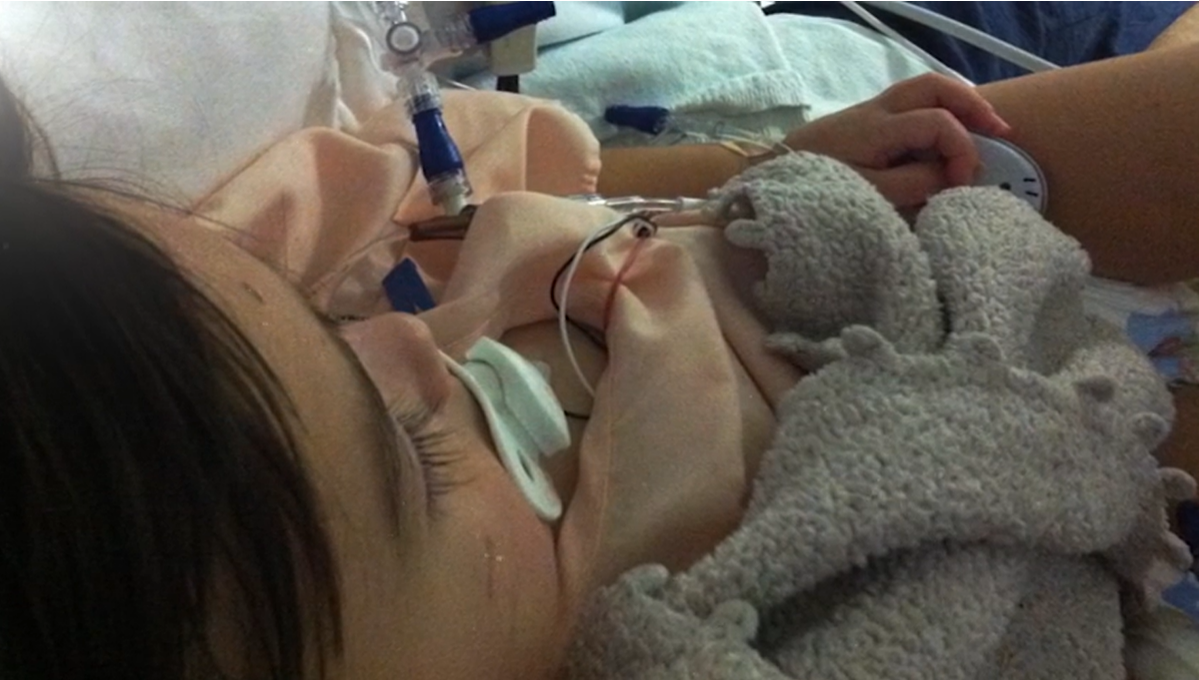Women often forget to ask about the possible complications of getting breast implants, especially when they are done for cosmetic reasons.
A new report issued Wednesday by the U.S. Food and Drug Administration details the possible complications of breast augmentation surgery, including a very rare type of cancer.
Breast implants are not lifetime devices, according to the FDA, and the longer women have them, the more likely they are to have complications, and the more likely the implants will need to be removed.
“It can be complications from the surgery, such as capsular contracture or rupture, or there may be changes in body habits,” said Dr. Martin Newman, plastic surgeon at the Cleveland Clinic Florida. “They might gain weight; they might lose weight. There may be pregnancies involved.”
The reason for choosing to get implants affects the risk for complications.
One in 10 patients will need their implants removed within 10 years if they got a breast augmentation.
The risk rises for breast reconstruction with as many as one in two patients needing their implants removed within 10 years.
Health
“Some women I know have had implants for 20, 30, 40 and sometimes 50 years,” Newman said. “Some with problems, some without.”
To help identify these problems, the FDA published a new booklet on breast implant complications on its site, as well as an informational video about the possible association between implants and anaplastic large cell lymphoma (ALCL), a rare type of non-Hodgkin’s lymphoma.
Only about 60 cases worldwide have been identified out of five to 10 million women.
In general, women who have implants need to be aware of the changes that require a check-up.
“For example, redness or bulging, tightness and pain are signs she might want to have something looked at,” Newman said. “Malposition can occur as well. A breast implant that is slowly changing position over time.”
The FDA also recommends women get an MRI three years after they get silicone implants and every two years after that to check for a “silent rupture” in the implant.
Last year, nearly 300,000 women had breast augmentation surgery in the United States.



